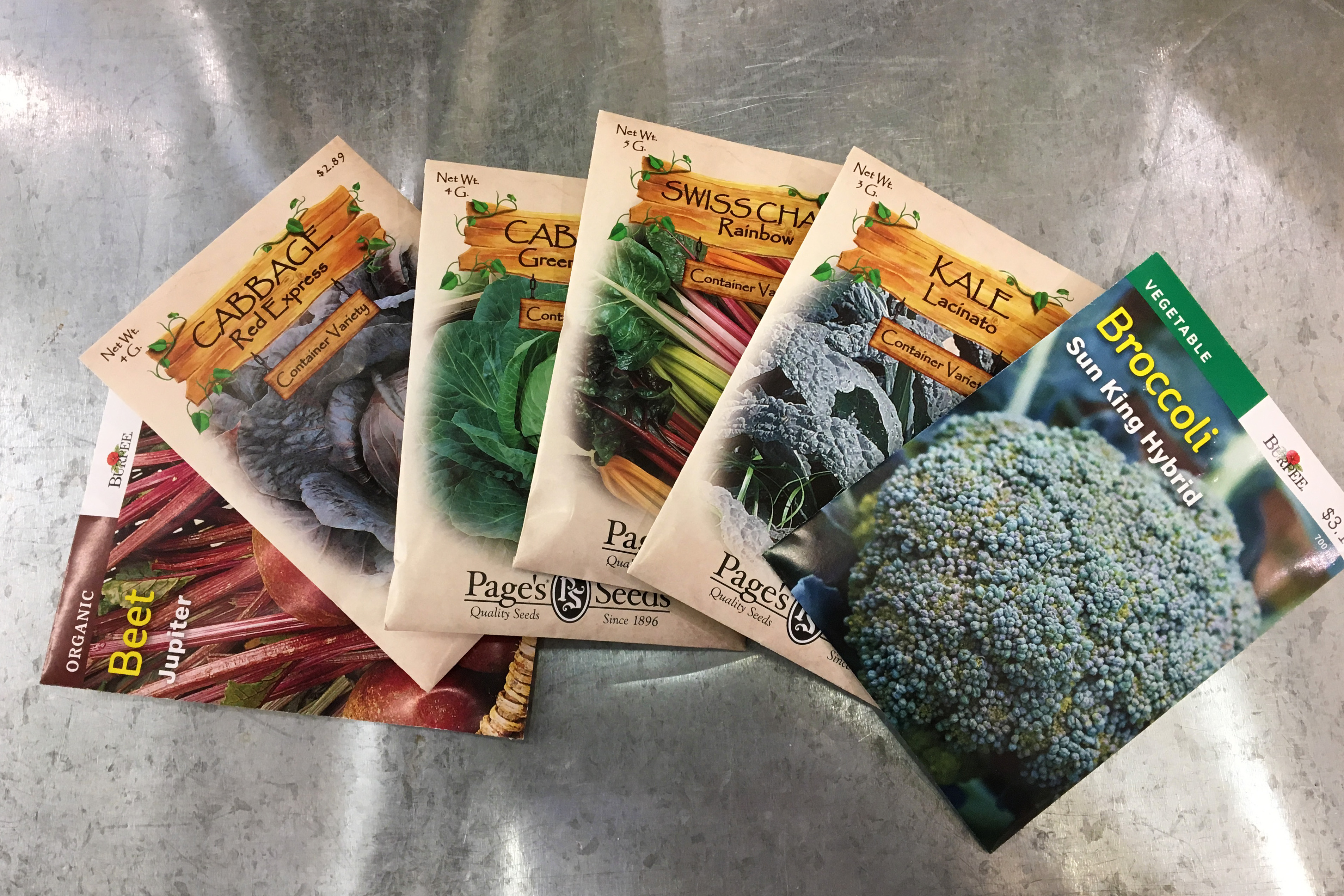
The Need for Seed
Many car enthusiasts are addicted to a need for speed. Many garden aficionados have a need for seed, using late winter as the time to satisfy their craving for their own personally grown transplants. They revel in the opportunity to witness the miraculous transformation from seed to garden plant. Here are some possible reasons these folks choose to start their own plants, indoors, well ahead of the growing season. Consider….
Variety selection: If you have taste, quite literally in the case of vegetables, that is a little, shall we say, more specialized, transplants may not be an option come spring. Growers (those that produce the plants and then sell mature plants to garden centers) are going to produce large amounts of the most historically popular varieties. Producing even 25 flats of a more unique variety may not be economically feasible because demand is limited. So, if you’re hankering for: historic, disease-resistant, early, late, short growing season-to-harvest, geographically appropriate, specific height, size or color, start scouting the seed racks and catalogs now. Perhaps surprisingly, garden centers have their seed offerings out for sale in January. Why waste a winter weekend when you can be planning and buying? See what’s available “off the rack”.

Quantities: You can personally do small amounts (less than a dozen, for example) of plants for a variety that is such a niche specialty you’ll never find it for sale even though you can purchase a packet of the seed.

New: Garden writers often work ahead of the reality of availability. In other words, they get you jazzed about a new variety and it may be a full year before it’s readily available. Limited or NO availability due to crop failure is always a possibility, too. New and limited very often means more expensive. Many seed varieties are as costly as precious metals.
Flower color: A number of flower varieties are sold only as “mixed colors” when you buy them as plants. Maybe you need a specific color for your design. It’s often possible that color is sold separately as seed. Growing that one color from seed assures you exactly what you need!

Control of how the plant was grown: In an age where we want to know as much as possible about our food sources, growing your own from seed is a perfect solution. When you grow your plants you control: soil media, container material (plastic versus biodegradable) and what controls were used in the “growing”. So, the question is, “How organic do you want to be?"
Cost: Only you can put a price on your time. Only you can do the math and calculate whether growing your own transplants is a cost effective exercise for you. How elaborate and therefore costly is your initial set-up going to be (lighting, containers, other supplies, etc.)? Do remember it’s hard to put a price on personal satisfaction when you’ve done a great job of growing your own plants.
In the end if you have a “crop flop” you may still be able to buy plants of your desired variety or a suitable sub, and not lose a growing season of the plant you needed!
Share
